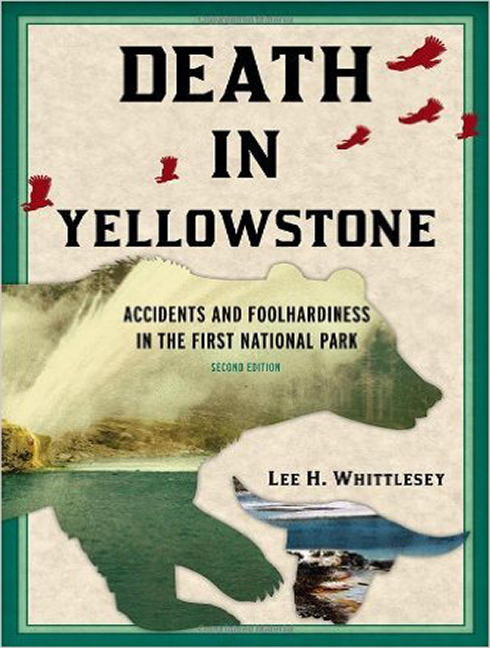What do you think?
Rate this book


Audio CD
First published June 1, 1995

 come to my blog!
come to my blog!
Wilderness is impersonal. It does not care whether you live or die. It does not care how much you love it.
So while we are loving the Yellowstone wilderness, while we play in it, indeed revel in it, taking it on its own terms and helping to protect it, we foolish mortals must always remember to respect it. For not only can it bite us, but, indeed, it can devour us.